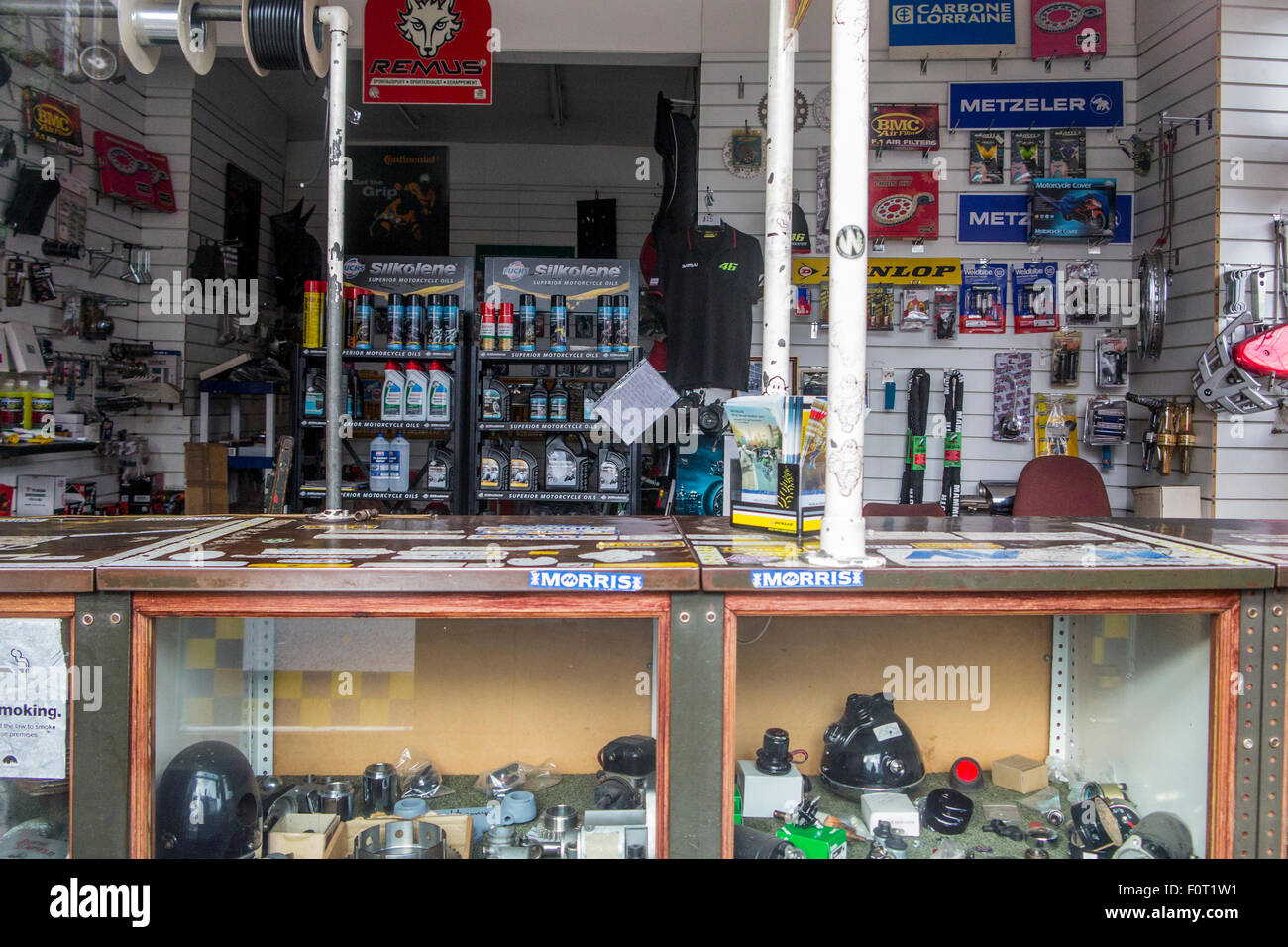Your Best Motorbike Shop for Top Quality Parts and Accessories
Your Best Motorbike Shop for Top Quality Parts and Accessories
Blog Article
Understanding the Vital Parts of a Motorbike: A Comprehensive Guide for Enthusiasts
For bike lovers looking to raise their riding experience and ensure their bikes run smoothly, understanding the necessary elements of a motorcycle is extremely important. Each aspect, from the engine's elaborate operations to the vital role of the stopping mechanisms, not just impacts efficiency however additionally safety and security and convenience.
Engine Components

The camshaft plays an essential role in managing the timing of the engine's shutoffs, ensuring the precise opening and closing essential for reliable gas and air intake, as well as exhaust expulsion. This timing is important to maintaining optimal engine efficiency and effectiveness. In addition, the carburetor or gas shot system, depending upon the bike version, is accountable for mixing air with fuel in the appropriate ratio for burning.
The cooling system, either air or liquid-based, works to maintain the engine's temperature within operational limits, protecting against overheating and making certain long life - motorcycle shop. Each component, thoroughly made and integrated, contributes to the seamless operation of the engine, specifying the bike's power outcome and general performance
Transmission System
Integral to the bike's functionality, the transmission system guarantees efficient power transfer from the engine to the wheels. This system makes up a number of important parts, consisting of the clutch, transmission, and final drive, each playing a vital function in translating the engine's power right into movement. The clutch, normally run by a hand lever, serves to disengage the engine and involve from the transmission, permitting smooth gear modifications and controlled acceleration.
The transmission, typically referred to as the transmission correct, includes a collection of equipments that riders can by hand move with to adjust the bike's speed and torque output. These equipments are prepared in a series that enables the bike to speed up efficiently and maintain optimum engine efficiency throughout various speeds. Most motorcycles use a consecutive gearbox, calling for the biker to shift equipments in a fixed order.
Braking Devices
While understanding the transmission system is vital to using a motorcycle's power, just as essential is the ability to manage and quit that power effectively, which is where braking mechanisms enter into play. Brakes are crucial for security and efficiency, providing the motorcyclist with the necessary control to navigate different terrains and problems. Generally, bikes feature 2 kinds of stopping systems: disc brakes and drum brakes.
Disc brakes are more widespread in contemporary bikes due to their remarkable efficiency. They contain a brake disc, caliper, and pads. When activated, the caliper presses the brake pads against the spinning disc, transforming kinetic energy into heat, thereby reducing the wheel. This system supplies far better warm dissipation, regular efficiency, and boosted quiting power, especially in wet conditions.
On the other hand, drum brakes, though less typical, are still located in some bikes. They work by pushing brake footwear versus the internal surface of a drum connected to the wheel. While typically less effective in warm dissipation and stopping power, drum brakes are easier and extra cost-effective.
Comprehending these braking systems' nuances permits cyclists to keep their motorbikes correctly and appreciate the engineering that makes certain effective and risk-free quiting.
Suspension and Steering
Suspension and guiding systems are crucial elements that substantially influence a bike's handling and adventure convenience. The suspension system, including forks at the front and shock absorbers at the back, takes in road irregularities, enhancing stability and control. visit this web-site Front forks, usually telescopic or inverted, compress and rebound to minimize influences, while rear shock absorbers maintain tire call with the road, essential Full Report for traction and safety.
Guiding, centered around the handlebars, links the biker to the bike's directional control. The steering head bearings make certain smooth procedure, permitting exact maneuverability. Correct alignment and upkeep of these bearings are critical for foreseeable steering action and minimizing biker exhaustion.
The suspension's adjustability is another essential aspect; preload, damping, and rebound setups permit personalization to match various riding problems and designs. This adaptability is necessary for optimizing efficiency, whether browsing urban roads or tackling rugged routes. Developments like digital suspension systems supply real-time adjustments, improving ride high quality throughout varied terrains.

Electric Solutions
After making certain a controlled and smooth experience through effective suspension and steering systems, interest transforms to the electrical systems, a pivotal aspect of modern-day motorbikes. These systems play an essential function not just in beginning the engine but likewise in powering different elements that boost the functionality and safety of the motorbike.
At the heart of a motorbike's electrical system is the battery, which stores electrical energy necessary for starting the engine and powering supporting systems - motorbike shop. The generator or generator, paired with the rectifier-regulator, makes certain the battery continues to be billed while the bike functions, transforming power into electrical energy and preserving voltage levels
The ignition system, one more critical component, is responsible for igniting the air-fuel combination in the engine's cyndrical tubes. Modern motorbikes typically use an electronic ignition system, supplying better effectiveness and dependability compared to typical systems.
Illumination systems, including fronts lights, tail lights, and indications, are likewise vital, ensuring presence and security for the rider. Added digital parts such as sensing units, control devices, and displays add to sophisticated features like fuel shot administration, anti-lock braking systems (ABS), and electronic dashboards, additionally enhancing the riding experience.
Verdict
A complete understanding of a motorbike's crucial parts, including the motorcycle half helmets engine, transmission system, stopping systems, suspension, steering, and electric systems, is important for fanatics intending to maximize comfort, performance, and security. Mastery of these elements enables for informed choices concerning maintenance and upgrades, inevitably enhancing the riding experience. By incorporating this expertise, bikers can ensure their bikes operate at peak performance and dependability, thereby making best use of both enjoyment and longevity of their vehicles.
For bike enthusiasts looking to raise their riding experience and ensure their bikes run efficiently, understanding the necessary parts of a motorcycle is vital.Indispensable to the motorcycle's capability, the transmission system ensures efficient power transfer from the engine to the wheels.While recognizing the transmission system is crucial to taking advantage of a motorcycle's power, equally crucial is the capability to control and stop that power efficiently, which is where stopping devices come into play. Typically, motorbikes include two types of braking systems: disc brakes and drum brakes.
A detailed understanding of a motorcycle's vital elements, including the engine, transmission system, stopping mechanisms, suspension, steering, and electrical systems, is indispensable for enthusiasts aiming to optimize efficiency, comfort, and security.
Report this page